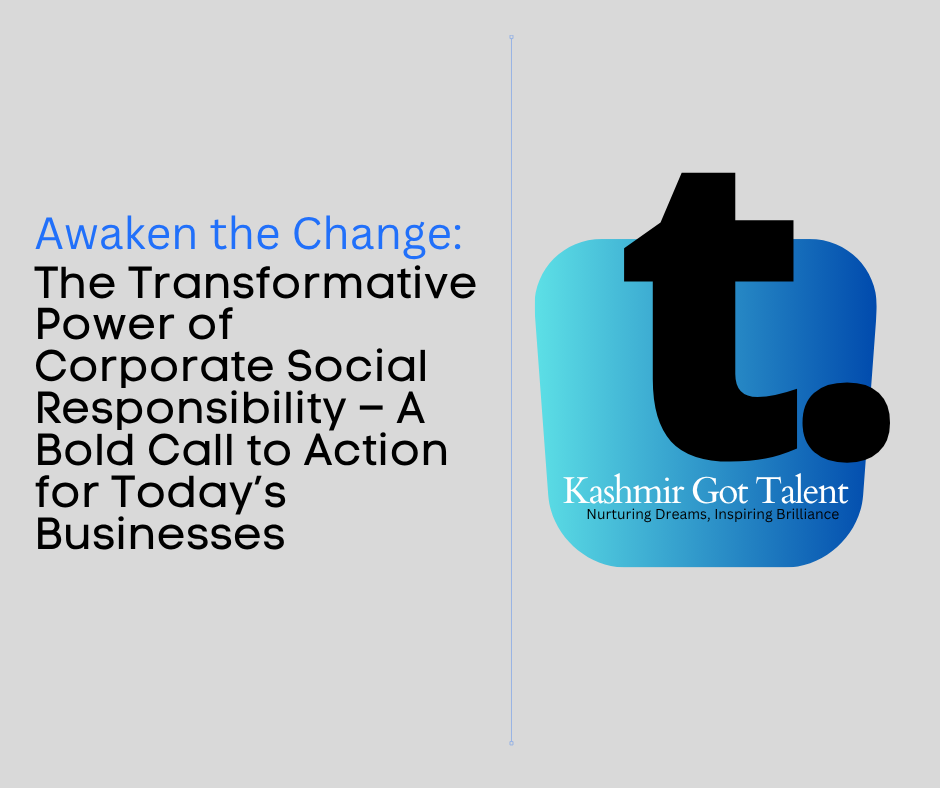Reimagining Education: Why Project-Based Learning (PBL) Is No Longer Optional
In a world that is constantly evolving, the traditional model of education—centered around rote memorization, standardized tests, and passive absorption—has reached its limit. Project-Based Learning (PBL) is not just an innovative method; it is a necessity. It is time we stop asking, “Should we integrate PBL?” and start asking, “How quickly can we transform our education systems to adopt it?”
PBL isn’t a trend—it’s a revolution in learning. And this revolution has the power to shape resilient, skilled, and future-ready individuals. If you’re an educator, policymaker, parent, or school leader, you cannot afford to ignore the powerful impact of Project-Based Learning on student development any longer. The urgency is real, and the evidence is clear.
What Is Project-Based Learning (PBL) and Why Does It Matter?
Project-Based Learning is a student-centered teaching method where learners gain deep knowledge by actively exploring real-world problems and challenges. Rather than sitting in rows memorizing facts, students are immersed in meaningful projects that demand creativity, collaboration, and critical thinking.
This is learning by doing, and it’s the kind of learning that sticks.
Why does this matter? Because the world has changed. Employers are no longer just looking for degrees. They’re looking for problem-solvers, team players, innovators, and critical thinkers. PBL prepares students not only to answer questions—but to ask better ones.
The Deep Impact of Project-Based Learning on Student Development
1. It Builds Real-World Skills
In PBL, students develop crucial 21st-century skills such as communication, leadership, adaptability, and time management. These skills go far beyond textbooks—they shape individuals who are ready for the workplace and life.
Students learn how to plan, execute, and deliver results—just like they would in a real job. They face challenges, take ownership of outcomes, and learn how to pivot when things don’t go as planned.
2. It Enhances Critical Thinking and Problem-Solving
In a traditional setting, students are often rewarded for getting the “right answer.” In PBL, the process of finding the answer is what matters most. Students analyze, evaluate, hypothesize, and iterate.
This deep cognitive engagement is essential for building resilient minds that can tackle complex, unpredictable problems.
3. It Encourages Ownership and Responsibility
PBL fosters a sense of ownership in students. When they choose their projects or see the real-life impact of their work, they become emotionally invested in the learning process.
This leads to increased motivation, responsibility, and a drive for excellence that passive learning can never achieve.
4. It Supports Collaboration and Emotional Intelligence
Students work in teams, manage group dynamics, resolve conflicts, and contribute meaningfully. Through collaboration, they build empathy, active listening, and emotional intelligence—traits that are just as important as academic success in today’s world.
5. It Bridges the Gap Between Theory and Application
How often do students ask, “When will I ever use this in real life?” PBL answers this question with clarity and purpose. Students see the relevance of what they’re learning, which reinforces their understanding and makes education feel less like a chore and more like a mission.
The Urgency of Adopting Project-Based Learning
The consequences of ignoring this powerful learning approach are dire. Our education systems are failing to produce job-ready, life-ready graduates. The current crisis in youth employment, the growing disconnect between industry needs and educational outcomes, and the alarming increase in student disengagement are symptoms of a deeper problem:
Education without purpose is not education at all.
We can no longer afford to delay. The shift toward Project-Based Learning must happen now—in every school, at every level, and for every student.
Steps to Implement Project-Based Learning in Schools and Institutions
1. Redesign Curriculum Around Projects
Don’t treat projects as extras or add-ons. Build entire units around real-life challenges that align with academic goals.
2. Train Teachers as Facilitators, Not Instructors
Teachers should guide learning, ask open-ended questions, and create space for exploration rather than delivering lectures.
3. Foster an Assessment Culture that Values Process and Progress
Assessment in PBL should focus on problem-solving, teamwork, research, creativity, and presentation skills. Move beyond memorization.
4. Integrate Community and Industry Partnerships
Invite real-world professionals to evaluate student projects or offer mentorship. This brings relevance and exposure that traditional classrooms lack.
5. Empower Students to Lead Their Learning Journeys
Give students voice and choice in selecting topics. This intrinsic motivation transforms learners into self-directed achievers.
The ROI of Project-Based Learning Is Too High to Ignore
Educational systems that adopt PBL see remarkable outcomes:
-
Increased academic achievement
-
Higher student engagement and motivation
-
Improved college and career readiness
-
Stronger teacher satisfaction and retention
-
Enhanced school reputation and innovation leadership
The most competitive schools and educational institutions of tomorrow will not be those that produce the highest exam scores, but those that produce the most capable problem-solvers, entrepreneurs, and changemakers.
Final Call to Action: Will You Lead the Shift or Stay Behind?
This is a defining moment. You can continue with outdated methods that no longer serve our children, or you can be bold and embrace the power of Project-Based Learning—a model that prepares students not just to pass tests, but to change the world.
Do not wait for policy reform. Do not wait for permission. The time to innovate is now. The time to act is now. The future depends on it.
Revolutionize your classrooms. Reinvent your schools. Reignite your learners.
The power is in your hands. Start building future-ready minds—one project at a time.








